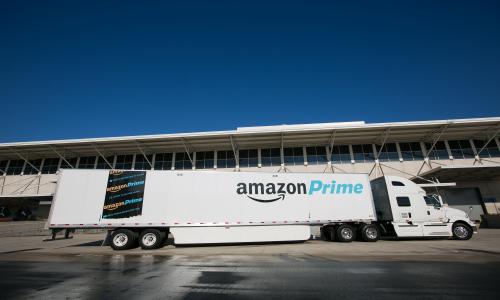Overdraft protection, once a courtesy service provided by banks to customers, has turned into a major revenue driver according to the CFPB. The CFPB estimates that one in every five US checking accounts was charged an overdraft fee, and the average of those overdraft fees was $225 per account. Moreover, the CFPB estimates that overdraft and non-sufficient fund fees represent 60 percent or more of consumer checking account fee income.
Current regulations requiring that banks and credit unions obtain a consumer’s consent before charging fees for allowing overdrafts on ATM withdrawals and most debit card transactions took effect in 2010 following a new federal government regulation. While some banks had more than 40% of new consumers opting-in to overdraft protection, others had adoption in the single digits. Regardless of the opt-in rate at the bank, the CFPB study found that customers opting in were overall more likely to be hit with overdraft fees and more likely to be subject to involuntary account closure.
The 2010 regulation was intetnded as a protective measure for consumers and banks have been marketing overdraft programs since then as a way to avoid returned checks and declined transactions. It is clear however that these programs are detrimental to depositors who opt-in and do not understand them. The CFPB report states that consumers do not understand these programs because their intricacies are not explained, and that banks need to provide further detail to consumers about how they handle complex transaction postings, how they allocate multiple transactions on the same day, and the amounts of overdrafts and fees that they permit.
Consumers should be sure they understand the fine print behind an overdraft program before opting-in.
More detail on the CFPB report can be found here.
You can use BestCashCow to compare overdraft fees at banks near you.


Comments
Sol
June 12, 2013
I think it is amazing that banks earn 61% of their fee income from overdrafts.
Is this review helpful? Yes:1 / No: 2
Julio
June 12, 2013
Personal responsibility anyone? I remember a time when people actually balanced their checkbooks and blamed themselves if they went into the red. Doing so was a major problem and considered a sign of sloppy financial management. Now, we blame it on the banks. If people are too lazy or stupid to manage their money correctly, then they should expect to lose money. A fool and their money are soon parted.
Is this review helpful? Yes:1 / No: 3
Add your Comment
or use your BestCashCow account